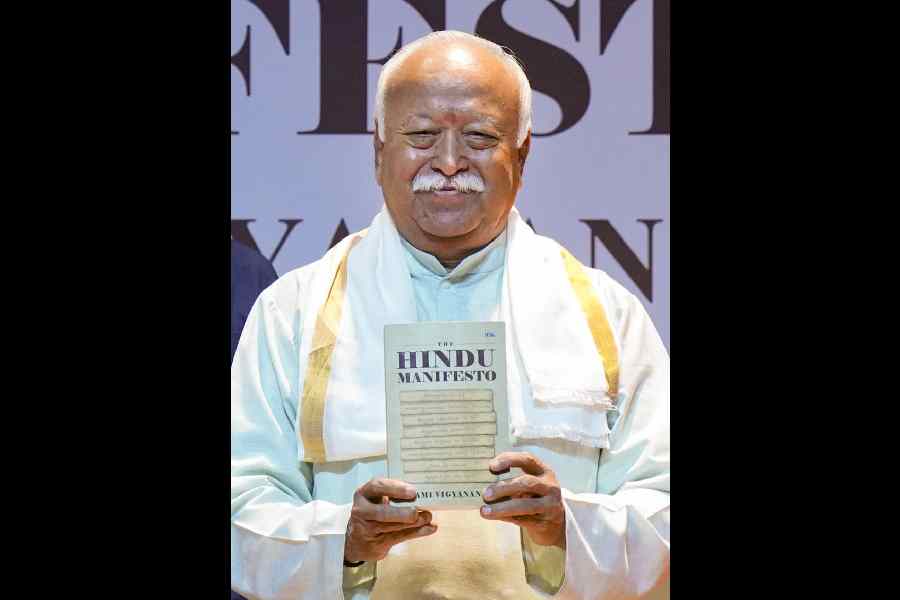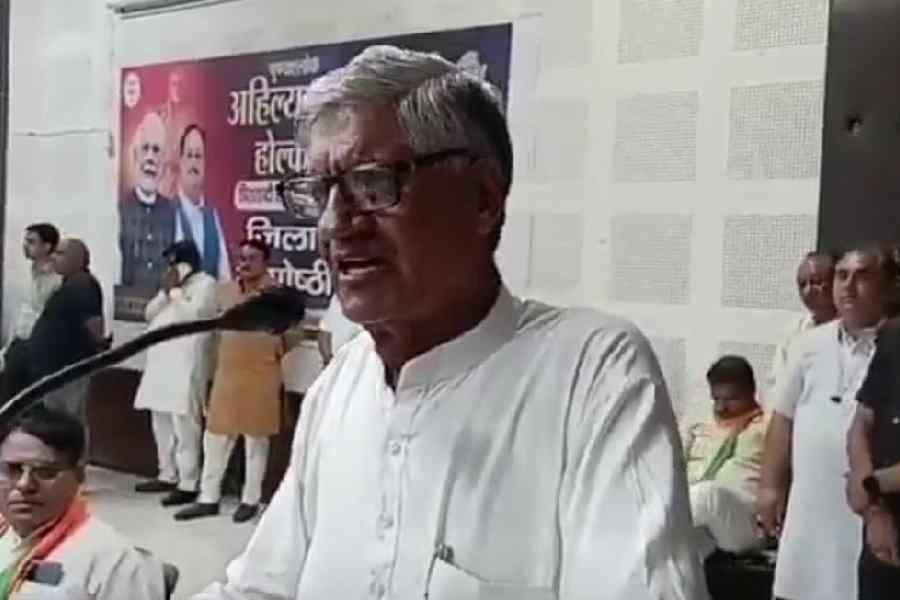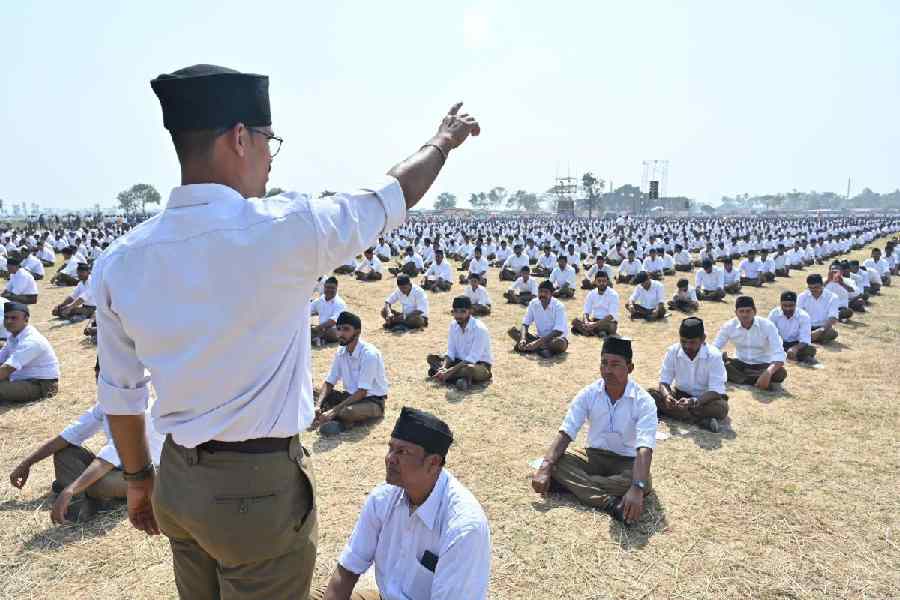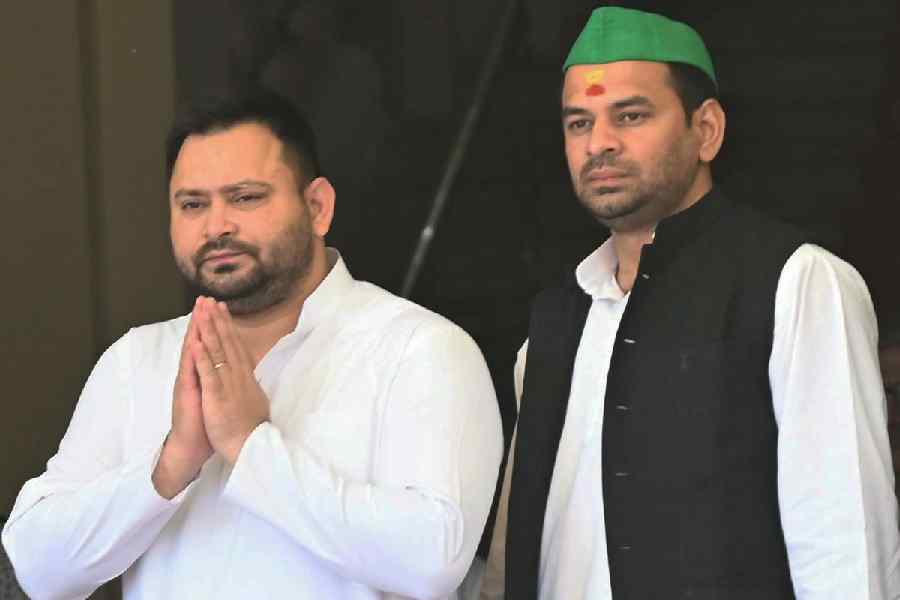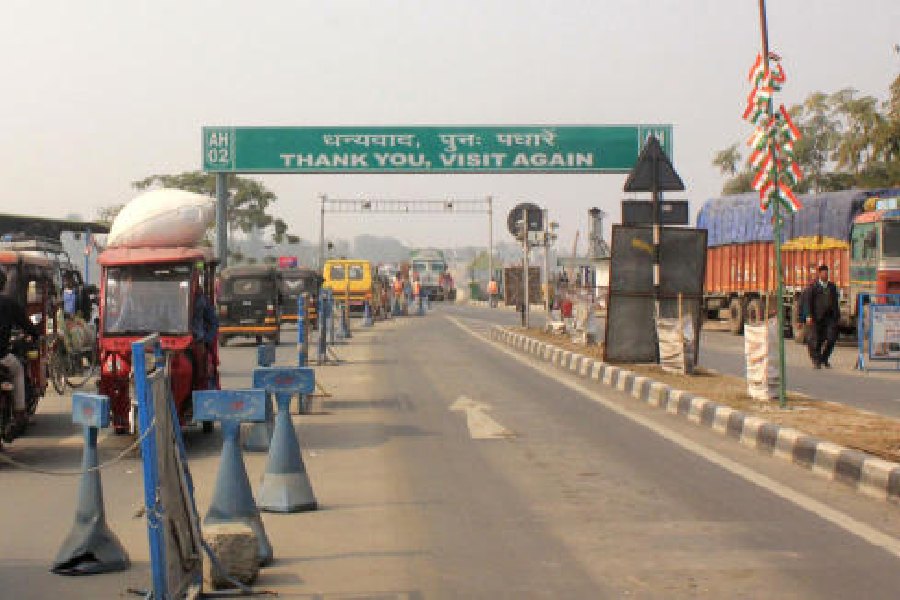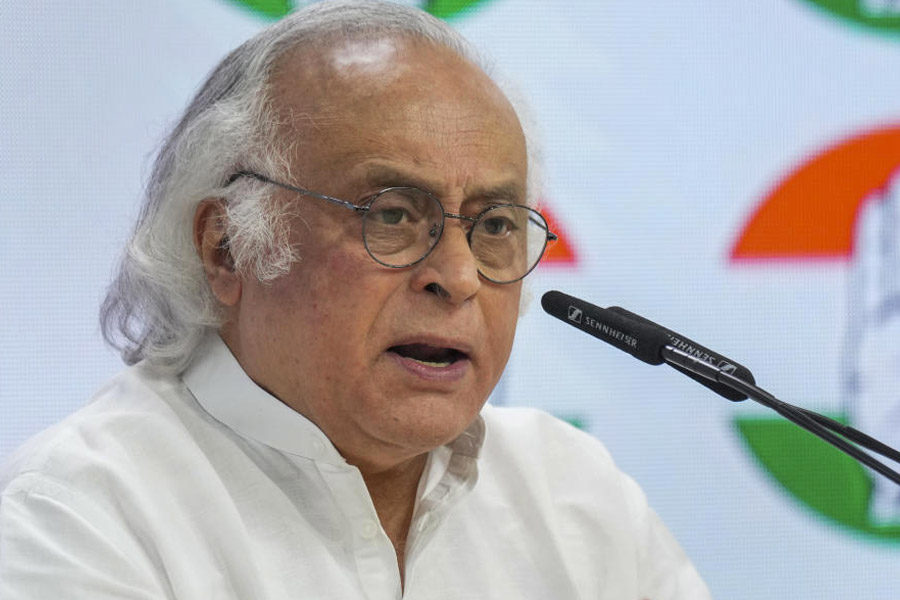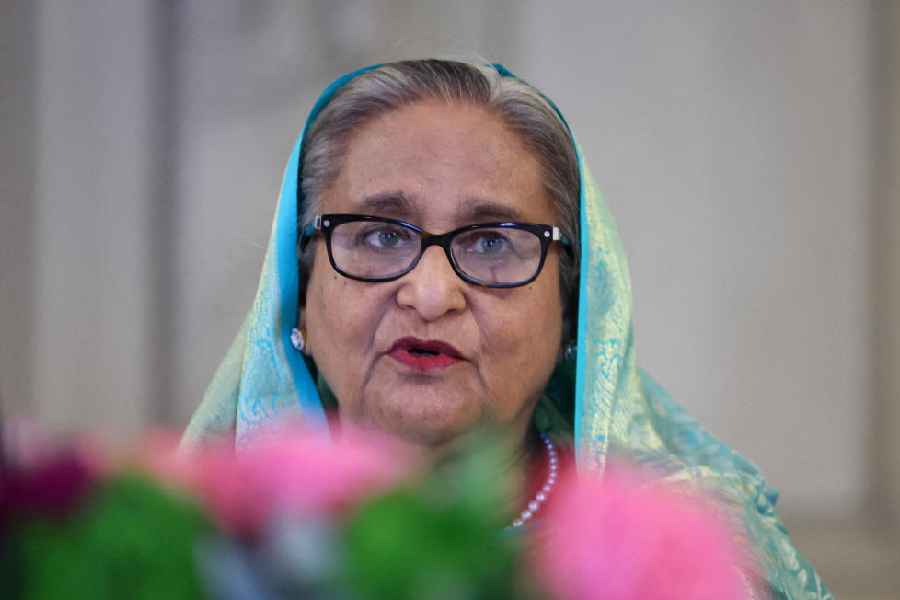|
|
| Dream boat |
NEHRU’S HERO, DILIP KUMAR IN THE LIFE OF INDIA
By Lord Meghnad Desai, Roli, Rs 295
Dilip Kumar is the subject of four books published over the last year. This tells us something about the recent revival of interest in Indian popular cinema across global metropolitan centres. The figures tell us that it is not so much the old films that are being sought to be seen again; the abiding interest is in the production of nostalgic items for circulation in a new cultural economy — a diffused, largely extra-cinematic space of consumption of music, fashion, food and design, among other things. As Indian cinema is reduced to “Bollywood”, it is also increasingly dispersed into these non-filmic sites, often to the extent that the films in question become minor components in the reception. Thus the iconic recall of a Fifties star may not indicate a historical interest in Fifties cinema.
Meghnad Desai’s book on Dilip Kumar should be connected with another impetus, more academic in nature. As a recent commentator has put it, in the Bollywoodization of Indian cinema, we are probably also witnessing a process of loosening of the ties between cinema as a spectacle and the Indian state as an actor/story-teller. Desai’s investigation can be placed within a broad programme that has been trying to revisit the moment of consolidation of those ties, the Nehru era. Desai’s questions are historical: what does the figure of Dilip Kumar tell us about the cultural components of the Nehruvian man? What can his films tell us about the nation-building values inculcated by the liberal politics of that age? One would be surprised to find the economist paying an unstinting tribute to Nehru in these pages under the guise of adulation for Dilip Kumar. In many ways, Nehru’s Hero is about Nehru himself. His ideology is vindicated not so much on economic grounds as through popular forms of cultural articulation, through the constitution of icons which are intangible but offer embodiments of cherished social ideals.
Desai’s nostalgia is different from the nostalgia industry’s investment in the black-and-white cinema, to the extent that he locates the past in a specific historical phase. The book begins and ends with an observation tinged with sadness about how Dilip Kumar, an icon fully identified with the secular vision of his age, has come to be targeted by Hindutva bigots in the aftermath of Babri Masjid. In between comes the discussion of the films and the roles played by the actor. It is in this evocation that the book proves the most undecided: the information is scant, diffused and repetitive. The object of investigation seems to be part cinema, part an actor, part an individual, part Indian society. It may not be unproductive to shuffle from one of these terrains to the other — cultural studies have created the scope for such writing — but Desai’s book is not sure about the necessity of such strategy either.
Besides Dilip Kumar and Nehru lurks a third protagonist, the author himself. The introductory passages indicate the possibility of an autobiographical account of a historical phase of Indian modernity — witnessed through the eyes of a fan dreaming about his favourite star, remembering the films he has lived with. If the book had pursued this inquiry, seriously listing the trivia (the first film where Dilip Kumar appeared with a moustache, the only film in which he played a Muslim role, the two rare instances where he teamed up with Raj Kapoor or Dev Anand, his contenders for the place of the top hero, and so on), it could have become much more productive. The analyses of the films, which do hardly more than classify the character types Kumar played, could have been less desultory, and could be made to reveal details about social behaviour, collective compulsions and modes of imagination embodied in the films. It is a pity that the fan’s discourse was not taken seriously by the fan.



